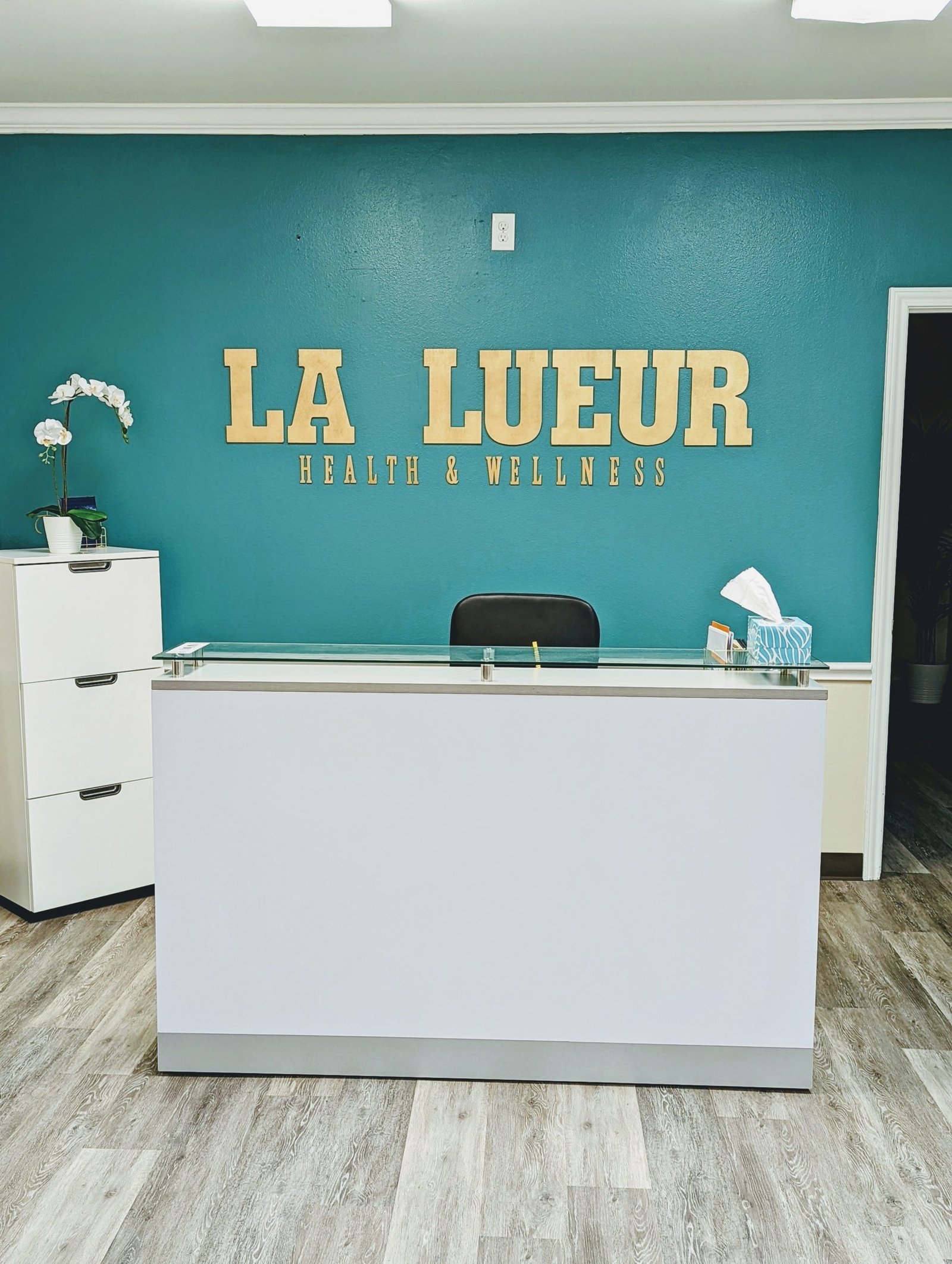How Your Blood Is the Answer to Your Hair Loss: Everything You Need to Know About PRP
By: Lezlie McEachern BSN, RN
People experience hair loss for several reasons. Gone are the days of just having to accept hair loss. Platelet-rich plasma (PRP) is a treatment that helps everyday people to look and feel like their best selves.
Platelets, red blood cells, and white blood cells are all blood components. Platelets are considered the body’s first responders and travel directly to the injury site when you get a cut or a wound to promote healing.
PRP consists of platelets and growth factors to stimulate a similar healing process. PRP has been used in specialties such as Orthopedics and Cardiology to facilitate growth for a long time. Introducing PRP to the dermatology and aesthetics world has proven promising for those with hair loss.
How does PRP work?
First, let’s discuss how PRP is obtained.
- Your provider will draw your blood and spin it in a centrifuge.
- Then, the blood is separated into three parts.
- Red blood cells
- Platelet poor plasma
- Platelet-rich plasma
- Lastly, the PRP is injected into the desired areas
All the healing properties in your blood get separated and injected back into you to stimulate growth. Since PRP comes from your blood, it is generally well tolerated. The magic ingredient lies within you. PRP helps heal from the inside out.
How can PRP help my thinning hair?
Studies show that PRP can help in androgenic alopecia -(baldness caused by hair follicle changes). When injected into the scalp, PRP can stimulate hair follicle growth, decreasing male and female pattern baldness. With frequent injections, not only does hair thickness increase, but so does diameter.
How many treatments of PRP do I need?
Typically you need 4-6 sessions to see significant results. PRP must be injected multiple times to stimulate follicles and activate the growth phase properly. Consistency is critical with these treatments. After the initial treatments, maintenance injections will be needed to maintain results. Your provider will create a treatment plan and timeline that works best for you. Following the timeline protocol given by your provider will provide the best results.
How long does it last?
Hair growth stimulated by PRP can last up to two years. It is not permanent and touch-ups will be required. It is a great investment, but worth the time and dedication.
Is PRP safe?
The process of preparing PRP was FDA-approved in 2009. It is well tolerated and used with treatments to stimulate hair growth, such as minoxidil or finasteride. PRP is safe when performed by a trusted provider.
Side effects of PRP
As with all treatments, there is a potential for side effects. The most common side effects of PRP include:
-
Dizziness
-
Scar tissue at the injection site
-
Scalp irritation
-
Nausea
-
Bleeding
-
Headache
If you experience side effects, contact your provider so that they can develop a plan of action.
Is there downtime with PRP?
There is little to no downtime with PRP. After the appointment, you may experience some soreness but can do activities of daily living when tolerated. You can even go home and wash your hair that same night!
Hair loss should not stop you from looking and feeling your best. PRP is a viable option when considering treatments. It is supported by science and should be considered when other options have failed you. Schedule an appointment today if you’re ready to transform your image and life.

